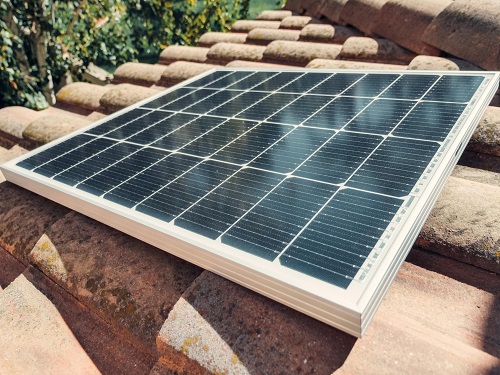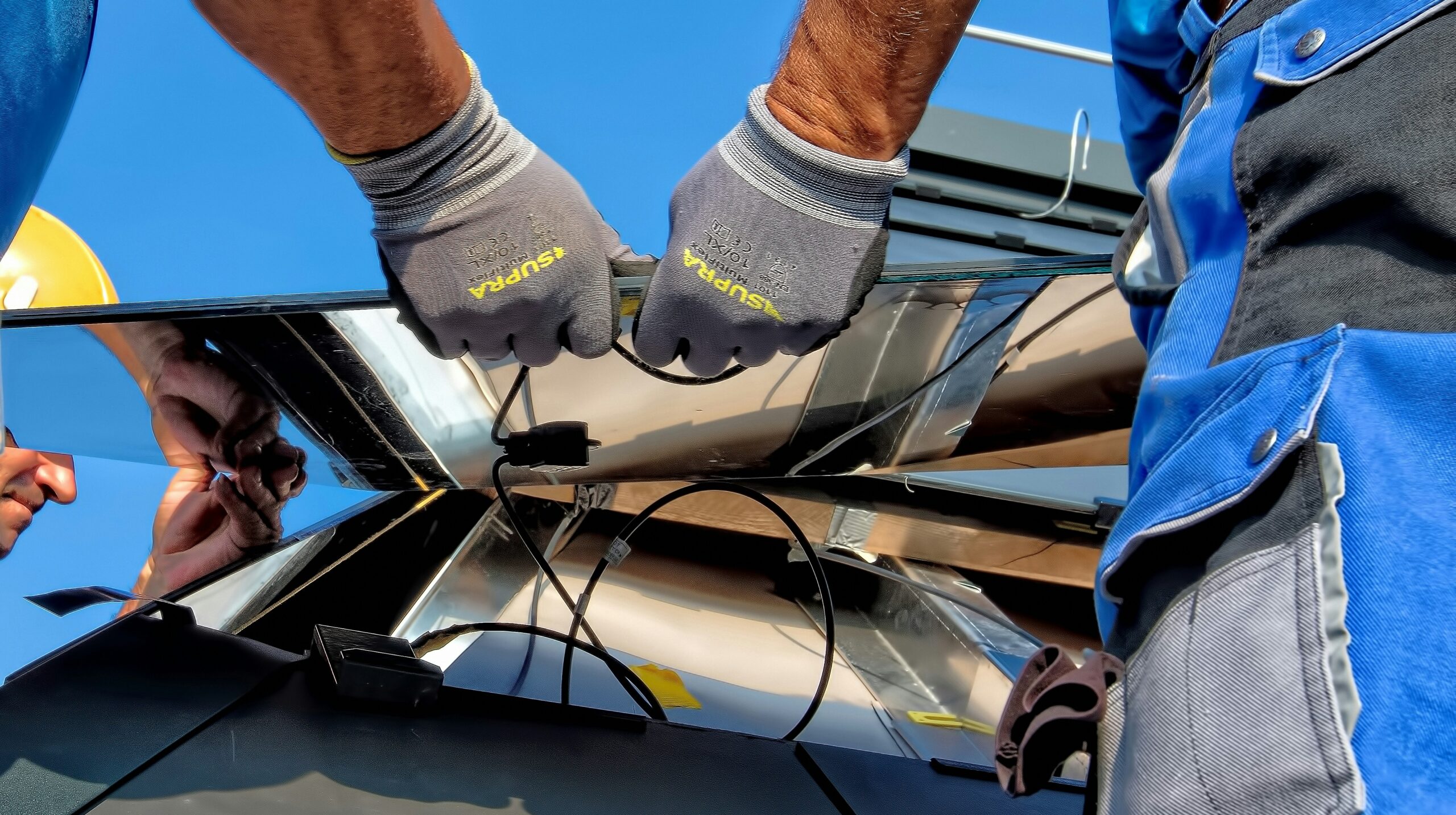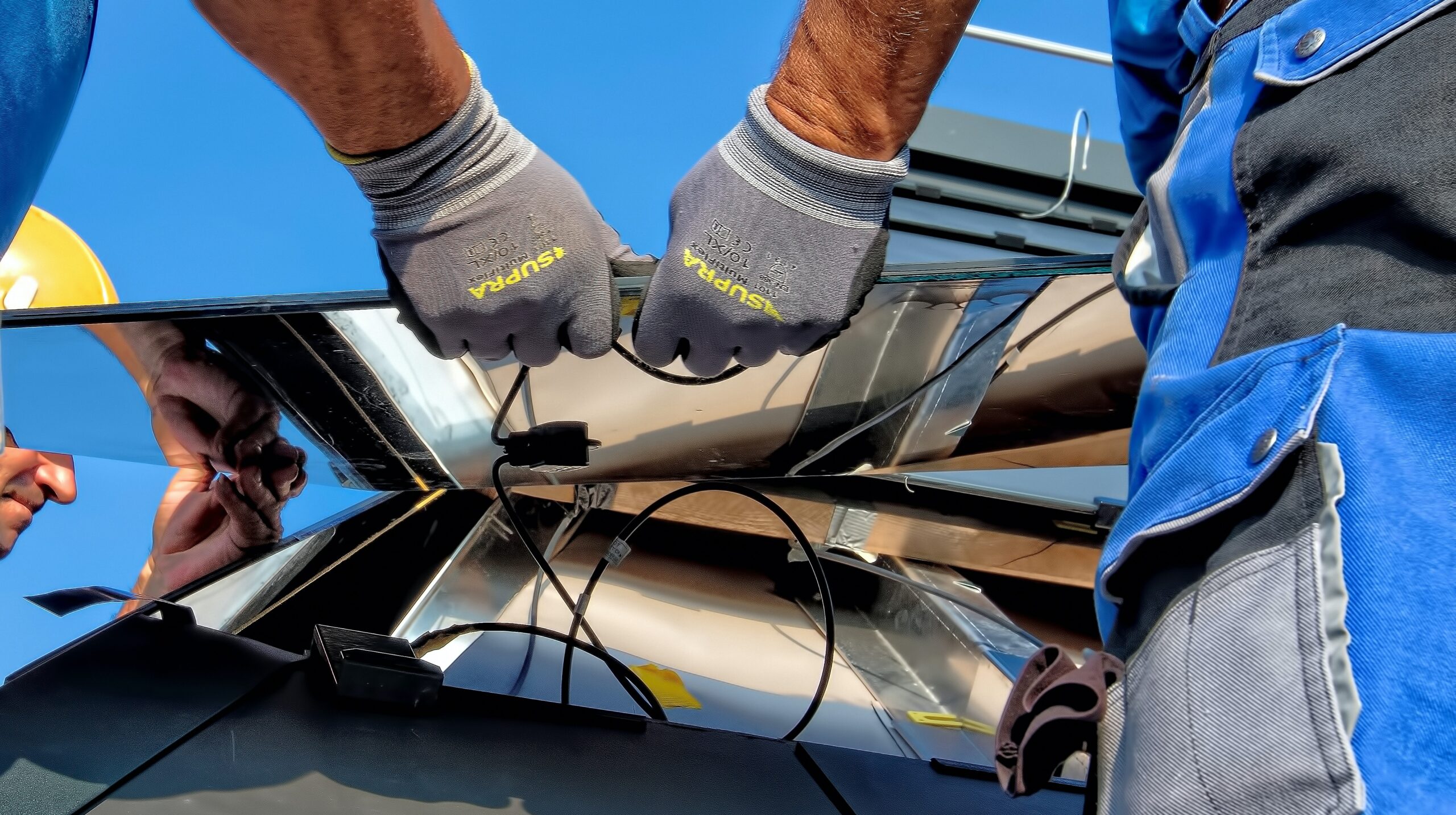A Comprehensive Guide to Fixing AC and DC Faults at Solar Power Plants
Introduction
Solar power plants are becoming increasingly popular as a sustainable and renewable energy source. However, like any other electrical system, solar power plants are susceptible to faults and issues that can affect their performance and efficiency. In this guide, we will discuss the two main types of faults that can occur at a solar power plant – AC side faults and DC side faults. We will also provide insights into how to identify and fix these faults effectively.
AC Side Faults
An AC side fault refers to a fault that occurs in the AC power supply of a solar power plant. These faults are often caused by issues with the MCB (Miniature Circuit Breaker), supply line, or grounding related problems. Here are some common AC side faults:
- MCB Tripping: This fault occurs when the MCB trips due to overcurrent or a short circuit. To fix this, first, identify the cause of the tripping, such as a faulty component or excessive load. Then, replace the faulty component or redistribute the load to prevent overloading.
- Supply Line Issues: Faults in the supply line can lead to power fluctuations or complete power loss. Check for loose connections, damaged cables, or faulty switches. Replace or repair any damaged components and ensure proper connections.
- Grounding Issues: Improper grounding can cause electrical shocks and damage to the solar power plant. Regularly inspect the grounding system and ensure that all connections are secure. If any faults are detected, reestablish proper grounding to prevent further issues.
DC Side Faults
A DC side fault occurs in the DC power supply of a solar power plant. These faults are often caused by issues with string ground voltages, over or under voltages, and short circuits or open circuits in the strings. Here are some common DC side faults:
- String Ground Voltages: High string ground voltages can lead to electrical hazards and damage to the solar power plant. Regularly measure the string ground voltages and ensure they are within the permissible limits. If the voltages are too high, identify the cause, such as faulty insulation or improper wiring, and rectify it.
- Over or Under Voltages: Voltage fluctuations can affect the performance and lifespan of the solar panels. Use a multimeter to measure the voltages and ensure they are within the specified range. If the voltages exceed the limits, investigate the cause, such as faulty inverters or damaged cables, and take appropriate action.
- Short Circuit or Open Circuit: A short circuit occurs when there is a direct connection between the positive and negative terminals of a string, while an open circuit occurs when there is a break in the circuit. Use specialized tools like a clamp meter or thermal imaging camera to identify and locate short circuits or open circuits. Once identified, repair or replace the faulty components.
Fixing Faults at the Solar Site
Fixing faults at a solar power plant requires proper tools and safety measures. Before attempting any maintenance or repairs, ensure that you have the necessary toolkit and basic knowledge. Here are some steps to follow:
- Identify the Fault: Thoroughly inspect the solar power plant to identify the type and location of the fault. Use specialized tools like thermographic cameras or solar analyzers to assist in fault detection.
- Isolate the Faulty Component: Once the fault is identified, isolate the faulty component or section to prevent further damage or accidents. This may involve shutting down specific inverters or disconnecting faulty strings.
- Repair or Replace: Depending on the nature of the fault, repair or replace the faulty component. Follow manufacturer guidelines and safety protocols while performing repairs. If necessary, seek assistance from qualified professionals.
- Test and Verify: After fixing the fault, test the system to ensure that it is functioning properly. Measure voltages, check for any abnormal behavior, and verify that the issue has been resolved.
- Document and Maintain Records: Keep a detailed record of the faults, repairs, and maintenance activities performed at the solar power plant. This documentation will be valuable for future reference and troubleshooting.
Conclusion
Fixing faults at a solar power plant is crucial to ensure optimal performance and longevity. By understanding the common AC and DC side faults and following the recommended steps for fault identification and repair, you can effectively maintain and troubleshoot your solar power plant. Remember to prioritize safety and seek professional assistance whenever necessary. Regular maintenance and timely fault resolution will help maximize the efficiency and reliability of your solar power plant.






